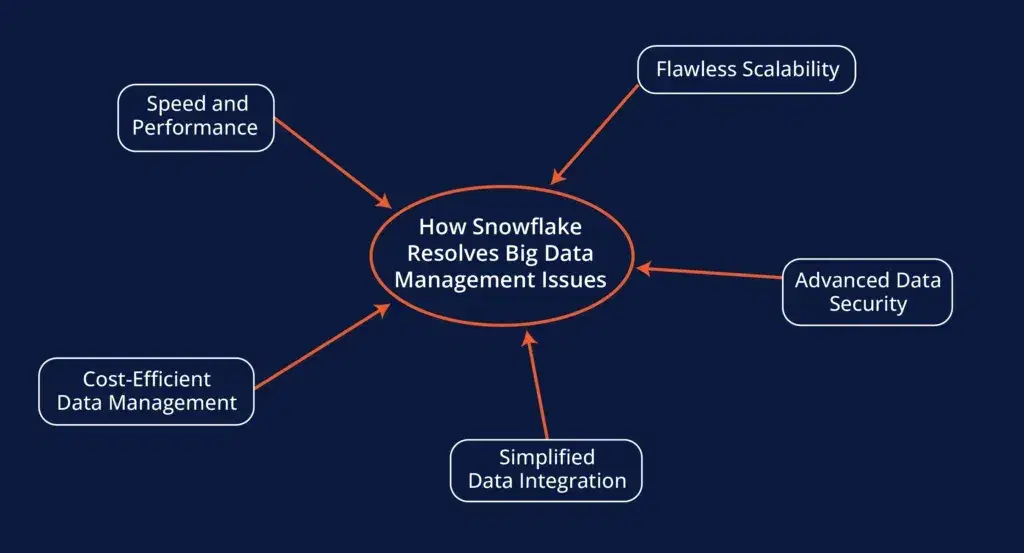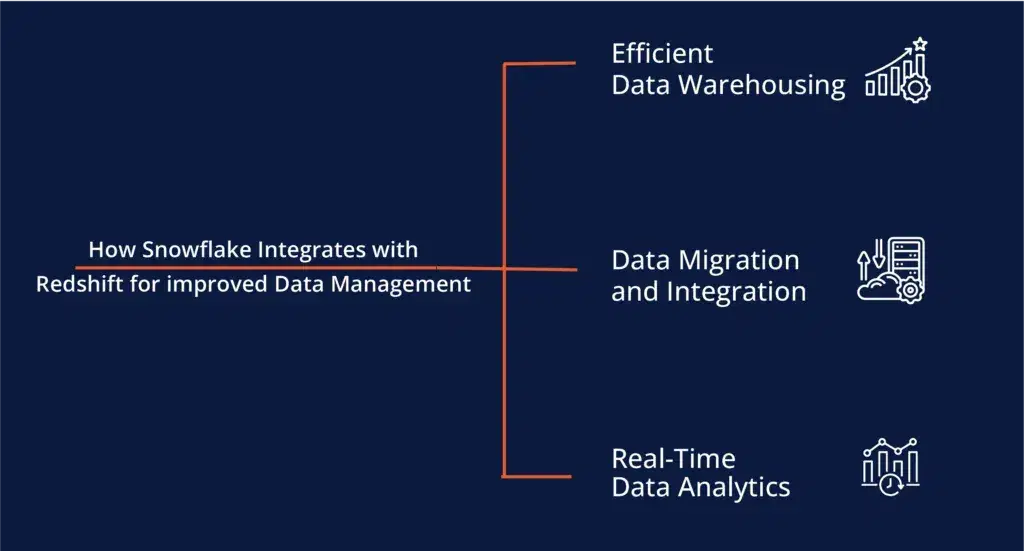Introduction
Challenges in Big Data Management:

- Scalability Issues: Managing big datasets requires a system that can easily scale up or down. Traditional systems fail to cooperate with growing data demands. This becomes a reason for performance issues and bottlenecks.
- Data Security Concerns: As the volume of data increases, the risks also increase. Businesses require to make sure that their sensitive data is stored, transferred and processed securely. This brilliant idea helps to match your compliance requirements.
- Complications in Data Integration: Data is generally available at different sources and in different formats. Integrating this data to create a unified view can be challenging for you. If this challenge is not resolved in time, it can lead to inefficiencies and data silos.
- Resource Constraints: The requirement for extensive hardware, personnel and time to manage big data infrastructures includes extra pressure on businesses. Limited resources make it difficult to maintain data management systems in the desired way.
- Slow Query Performance: Processing big data sets can result in long query times and delayed decision-making. It generally happens when the underlying infrastructure is not designed to manage heavy workloads efficiently.
How Snowflake Resolves Big Data Management Issues:

1. Flawless Scalability:
2. Advanced Data Security:
3. Simplified Data Integration:
4. Cost-Efficient Data Management:
5. Speed and Performance:
How Snowflake Integrates with Redshift for improved Data Management:
















